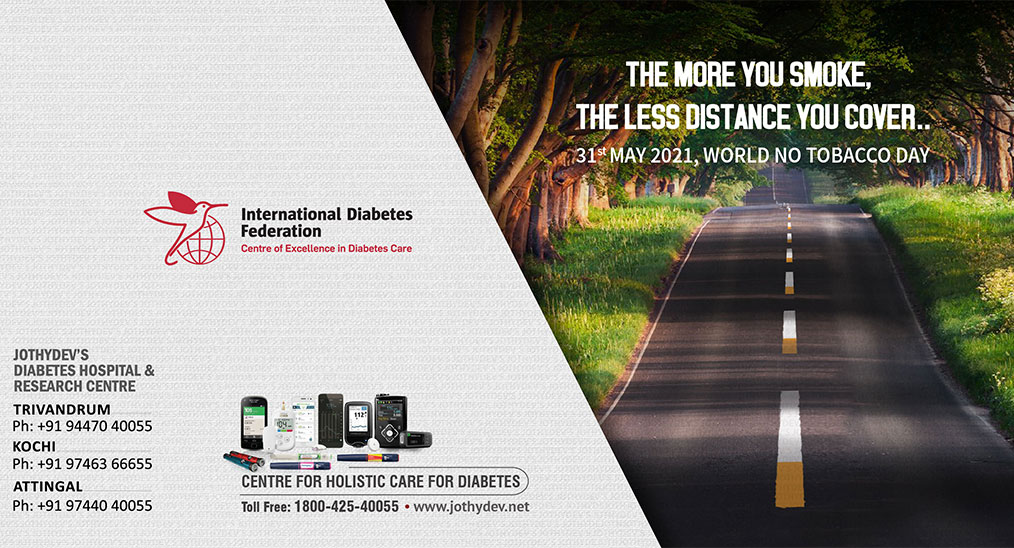4. Elevated maternal lipids contribute to developing gestational diabetes

Gestational diabetes (GDM) is characterized by glucose impairment which begins during pregnancy. A systematic review and meta analysis of 292 studies recently published in E Clinical Medicine revealed that increased levels of maternal lipids especially triglycerides (TG) contributes to developing gestational diabetes. Even though the cause of gestational diabetes is not fully known, maternal obesity, older maternal age, and women from certain ethnic groups have been identified as being at high risk.
The analysis included studies that reported blood lipid profile tests during pregnancy in 99870 women with and without GDM. The outcome measure was the weighted mean difference (WMD) and 95% confidence interval (95% CI) of triglycerides (TG), total cholesterol (TC), HDL-C, LDL-C, and VLDL-C between women with and without GDM. Results showed that women with GDM had significantly higher circulating TGs (0.388 mM), TC (0.149 mM), LDL-C (0.079 mM), VLDL-C (0.216 mM) and lower HDL-C (-0.079 mM) compared to women without GDM. Among these outcomes, TGs showed prominence and researchers observed that elevated triglyceride levels occurred in the first trimester and persisted.
The differences between those with and without gestational diabetes in triglyceride levels were significantly associated with age, BMI, study continent, oral glucose tolerance test procedure and gestational diabetes diagnosis criteria in meta-regression analyses. According to the authors, elevated lipid levels, specifically triglycerides, is associated with gestational diabetes and could potentially be integrated into a risk stratification algorithm to calculate the risk of gestational diabetes.
For enquiries info@jothydev.net.
Please visit: jothydev.net | research.jothydev.com | diabscreenkerala.net | jothydev.com/newsletter




